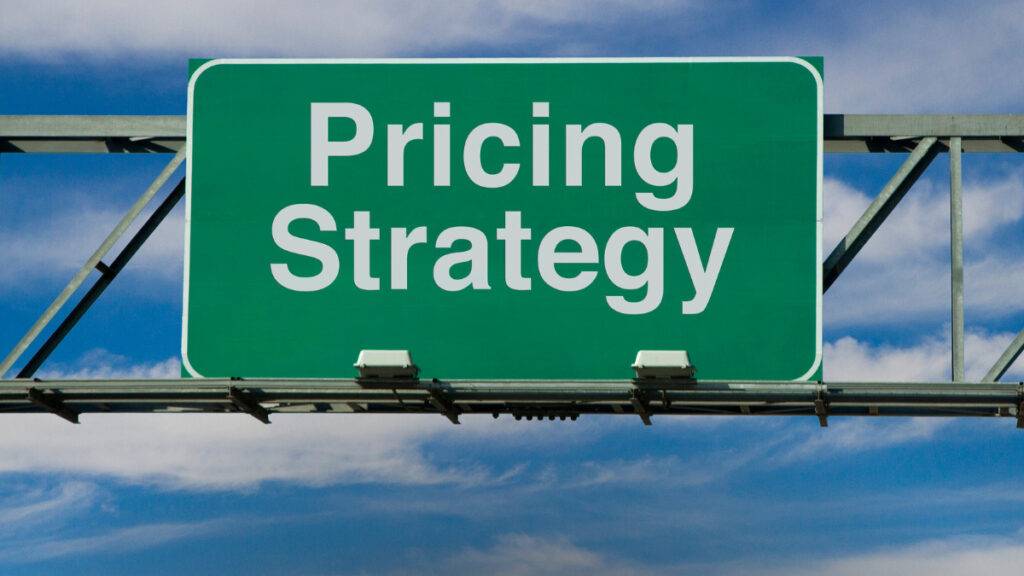A good salesperson knows that keeping current customers happy is equally important as winning new customers. After all, loyal customers spend more and stay longer, leading to a more stable business.
Yet, you need to have a proper strategy to keep customers happy. If you don’t, you will lose customers.
If you’ve already lost customers or want to prevent it from happening, here are 7 powerful tips for regaining lost customers!
1. Find inactive customers
You can’t recover a customer that you don’t know you’ve lost. Thus, the first step is to map and identify all your lost customers.
These customers can be divided between those who bought with regular frequency but stopped buying, and those who bought once and stopped or those who declined the sales proposal.
In any case, it is management’s role to know who these people are so they can begin to take action in order to get them back.
2. Understand the customer’s motives
After identifying the lost customers, it is important to understand what their reasons were. After all, the only way to convince the customer to return is if you have created concrete solutions to address their previous problems.
Some customers might have left because a competitor offered a better price, while others may have left because the solution offered no longer suited their needs. Other possibilities include bad customer service experiences or dissatisfaction with the quality of your solution.
By understanding these reasons, you will understand which customers you should address. For instance, if you offer a particular product but the customer’s needs have changed, unless you have other ways to meet their new requirements, it’s no use trying to reactivate that customer.
3. Create a strategy
Did you identify the reasons why former customers left? There are two things you must do. First, evaluate former customers’ relationship with the company, such as their consumption habits and preferences. Then, devise a strategy to regain these lost customers, which mean s fixing what was wrong before attempting to reactivate them.
If price was an important factor, for example, create a special promotion or discount to convince former customers to come back.
Also, expect objections. Predict and plan your responses to potential objections, as an inability to handle former customers’ objections can stymie any hopes of them returning.
4. Get in touch the proper way
To put this strategy into practice, it is important to get in touch in the right way. While you want to be respectful of people’s communication preferences, an email can be easily ignored, for example.
Instead, the ideal is to make contact via phone, videoconference, or even in person. This will demonstrate your interest in regaining the customer’s trust and business as well as decrease the chances that your efforts will be ignored.
Another important point is that the contact should happen as soon as possible after a customer leaves. The longer it has been since the customer bought from your business, the harder it will be to regain their interest.
5. Invest in personalization
Not only is it necessary to get in touch the right way and as soon as possible, but it is also important that any contact is personalized.
Keep in mind that the customer is no longer with your business, so taking a standardized approach (and making that lack of customization clear) will prevent the customer from actually considering the proposal.
At this step, it is useful to use the data of a CRM, for example. The key is to demonstrate customer awareness, making it clear that other businesses probably do not know the customer as well as your business does
6. Be careful with your approach
At the same time, it is important to be careful with your approach. After all, the customer has left, and acting aggressively or invasively only makes it easier to turn a possible “yes” to a definite “no”.
To avoid this, take a structured approach, focusing on the pains and needs of the customer and how your business can help. The emphasis should be on showing the customer that they are really important, and that your company values them.
If a customer believes you’re interested only in getting more sales and more money, they won’t return.
7. Be proactive
Finally, while regaining lost customers is important, avoiding losing them is even more crucial. After all, it is cheaper to reactivate a customer than to win a new one.
Therefore, it is necessary to be proactive and ensure customer satisfaction levels remain high. Customer satisfaction encourages loyalty and strengthens the relationship, making it more difficult for the customer to leave.
In addition, consider using tools that help keep customers engaged. This could mean having an automated solution that sends a reactivation email if a customer goes without buying within a certain period of time.
With this, the chances of the customer leaving abruptly or without warning are much smaller.
Finally, as we have seen, in order to regain lost customers, it is crucial that the business, first and foremost, be able to identify who these customers are. Understand why they left and use this information in a strategic and structured way to recover their trust.
If these tips have helped you win back customers, share them on your social media networks and let more people know!





